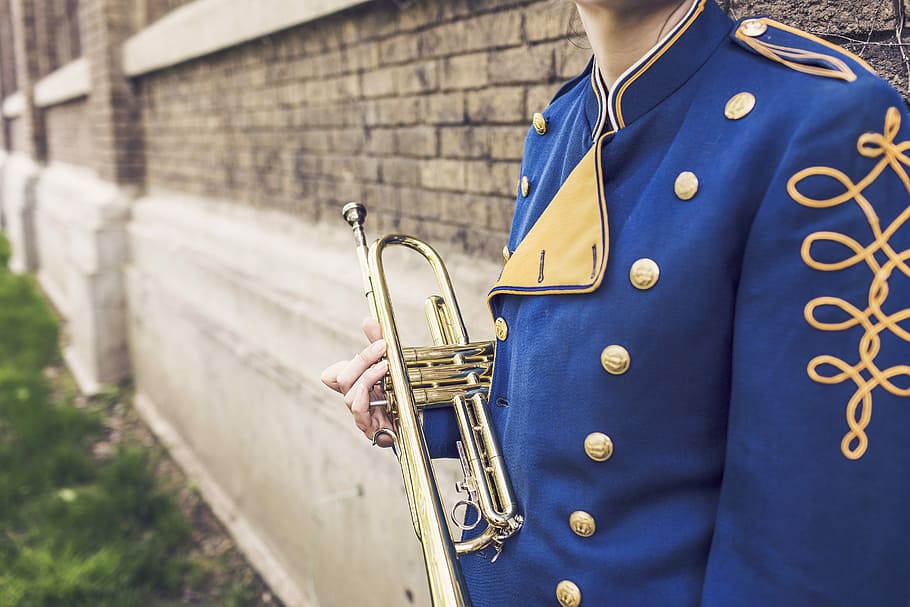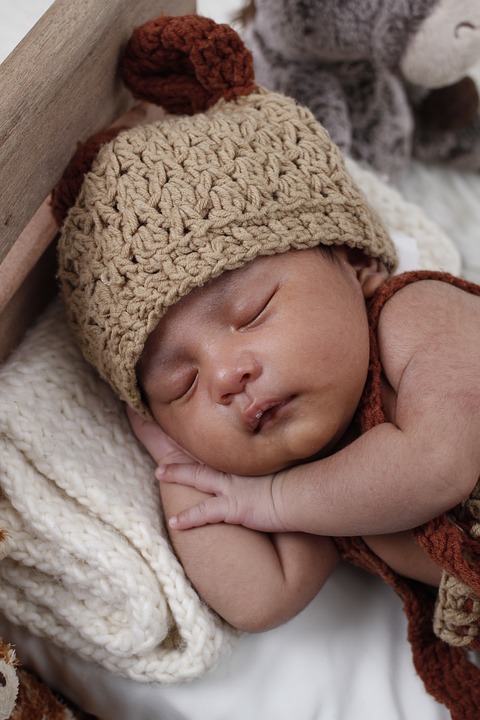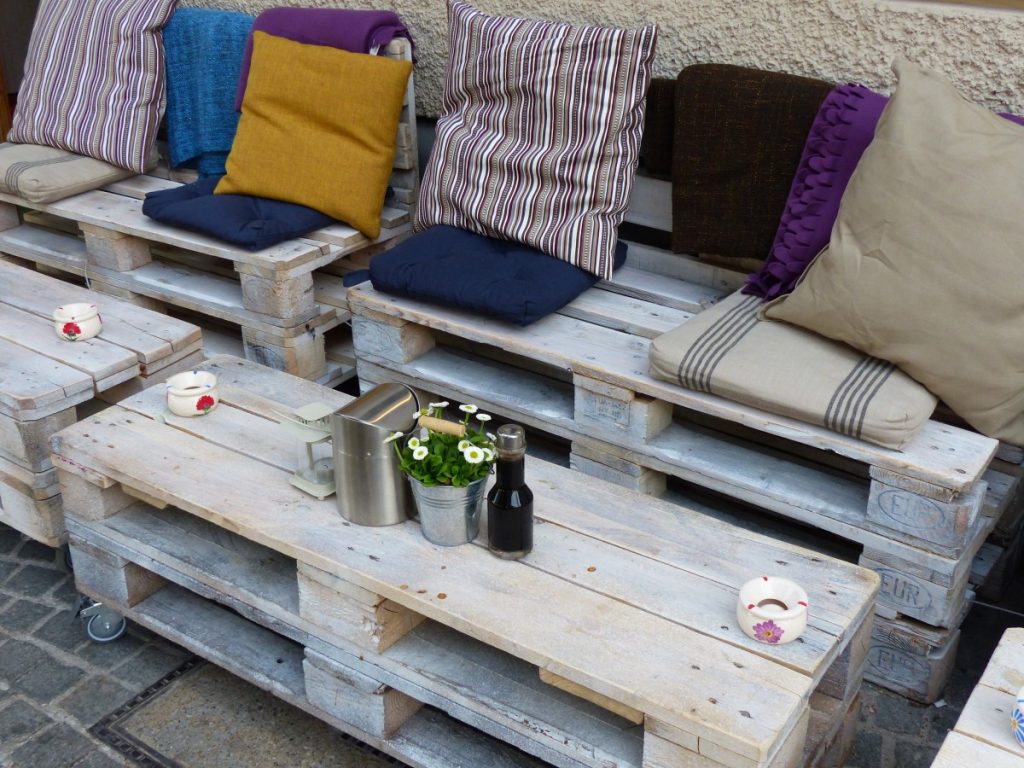
How to Add Piping to Your Garments
Summary
Step 1: Cut the piping strip
Step 2: Prepare the piping
Step 3: Sew the piping
Piping is a cord surrounded by fabric. It is used to trim necklines and edges of cushions… It is a lovely finish that adds relief and color to a garment or accessory. You can buy ready-made piping in a haberdashery, but if you don’t have any or want to use a fabric you already have, it is easy to make piping.
Here is how to make piping.
1. Cut the piping strip
To make piping, you must first prepare the strip of fabric in which the cord will be enclosed. For this, there are two possibilities:
Use folded or unfolded bias tape, sold in haberdashery.
Cut the ribbon yourself from the bias of a fabric.
Note: the piping is made in bias because it is mainly used for edging curves; the bias is more easily deformed and is, therefore, more suitable for this kind of work. However, if you want to pipe on a straight line and you don’t have enough fabric to cut your strip in bias, you can, in this case, cut the strip in the straight thread of the fabric.
1.1 Making piping with bias
Measure the piping length you need by measuring the neckline or border where you want to sew the piping. Add a few inches to this measurement to have some room when sewing; it’s more convenient.
Cut the length of bias needed.
If your bias is pre-folded, iron it flat to remove all the folds, then fold it in half and iron it to mark the middle fold only.
If you are using unfolded bias, fold it in half lengthwise and iron it to mark this fold.
1.2 Make piping with a fabric coupon
Cut a strip of the desired length about 2 cm wide from the bias of your fabric. If you plan to use a cord of more than 5 mm in diameter, cut a 2.5 to 3 cm wide strip.
To cut a piece of fabric on the bias:
- Lay your fabric flat, and fold it diagonally so that the edge of the fabric overlaps with the straight edge.
- Iron this fold to mark it: this is the fabric’s bias.
- Cut your bias strip parallel to this fold.
2. Prepare the piping

Cut the piping cord:
Get some piping wick and a white, ecru, or gray cotton cord. You won’t find it in every haberdashery, but you can use just about any cord as long as it’s round and the diameter you want for your piping; the color doesn’t matter because the fabric will hide the cord (but be careful not to use a dark cord with a light colored fabric, it might show through).
You will need 10 cm more cord than the length of your bias tape. For example, if you cut 50 cm of bias tape, cut 60 cm of cord. This margin allows for comfortable sewing.
Pin the cord and the piping strip together:
Open your ribbon and lay your cord in the center on the wrong side of the fabric. Leave 2 inches of cord hanging over each end.
Fold the ribbon in half lengthwise, and hold the cord in place with pins or a basting wire.
Note: A basting thread is a temporary hand stitch, sewn in large, loose stitches so that it can be easily removed once the final stitching is done.
3. Sew the piping
The final step is to sew the cord into the piping strip. There are two methods for this:
Sew the piping with a special piping presser foot.
Or with the zipper presser foot if you do not have a special piping foot.
Sew the piping with a special piping foot
Install the piping foot:
Lift the presser foot off the sewing machine.
Remove the presser foot by pressing the small trigger on the back of the bar holding the presser foot from the sewing machine.
Remove the presser foot.
Place the piping foot on the sewing machine’s needle plate opposite the foot bar.
Lower the presser foot bar: the piping foot clips on automatically.
Sew the piping:
Set the sewing machine to a conventional straight stitch, about 3 mm long.
Thread the sewing machine with the correct thread and needle for your fabric.
Raise the sewing machine’s presser foot.
Take your piping and slide it under the presser foot: the special piping foot has a groove or hollow on the bottom: insert the piping cord into this hollow.
Lower the sewing machine’s presser foot to check that the cord is well embedded in the hollow.
If necessary – and if your sewing machine allows it – shift the needle position (this is done with a knob or a knob, see your machine’s manual for instructions on how to do this as it varies from machine to machine) so that the needle is planted in the fabric right next to the cord (about 1 mm next to the cord).
Stitch along the cord, the entire length of the ribbon.
Note: There is no need to use bartacks at the beginning and end of the seam because when you assemble the piping on the garment, it will be caught in a seam that will stop the seam you are making.
Lift the presser foot off the sewing machine and remove the piping from the sewing machine.
Cut the threads, leaving a few inches at each end.
You are done making your piping!
Sew the piping with a zipper foot
Set up the zipper foot:
Lift the presser foot off the sewing machine.
Remove the presser foot in place, pressing the small trigger on the back of the bar holding the presser foot from the sewing machine.
Remove the presser foot.
Place the zipper presser foot on the sewing machine’s needle plate opposite the presser foot bar.
Lower the presser foot bar: the zipper foot will clip on automatically.
Sew the piping:
Set the sewing machine to a conventional straight stitch, about 3 mm long.
Thread the sewing machine with the correct thread and needle for your fabric.
Raise the sewing machine’s presser foot.
Slide your piping under the sewing machine presser foot so the piping cord is to the left of the needle.
Lower the sewing machine presser foot.
Turn the handwheel of the sewing machine to lower the needle so that the needle is stuck in the piping fabric, about 1 mm from the cord.
If the needle sticks in the cord or is too far from the cord, raise the presser foot and move the piping so that the needle sticks in the right place.
Note: If your sewing machine allows it, instead of shifting the piping, you can also shift the needle position (this is done with a knob or knob, check your machine manual for instructions on how to make this adjustment as it varies from machine to machine).
Once the piping is securely in place, lower the presser foot, and stitch along the cord, the entire length of the ribbon. There is no need to use bartacks at the beginning and end of the seam because when you assemble the piping on the garment, it will be caught in a seam that will stop the seam you are making.
Lift the presser foot off the sewing machine and remove the piping from the sewing machine.
Cut the threads, leaving a few inches at each end.
You are done making your piping!
Materials needed to make piping
Sewing scissors
Cords
Chalk
Sewing thread
Sewing machine
Fabric



